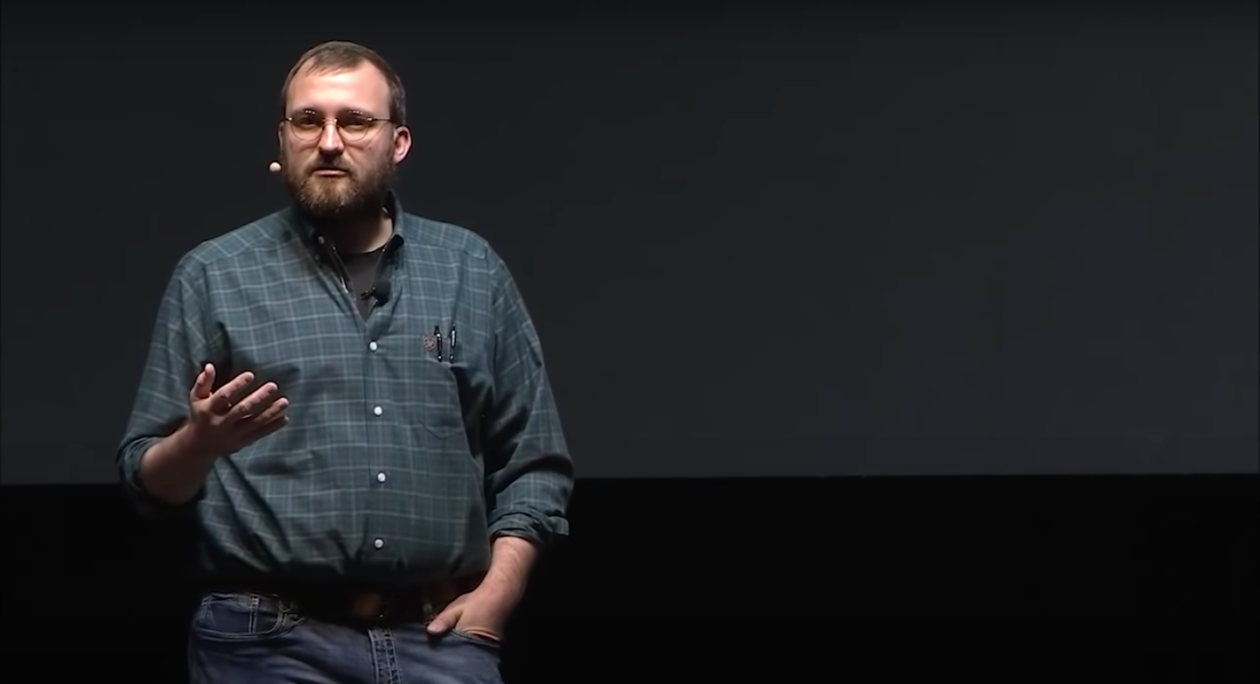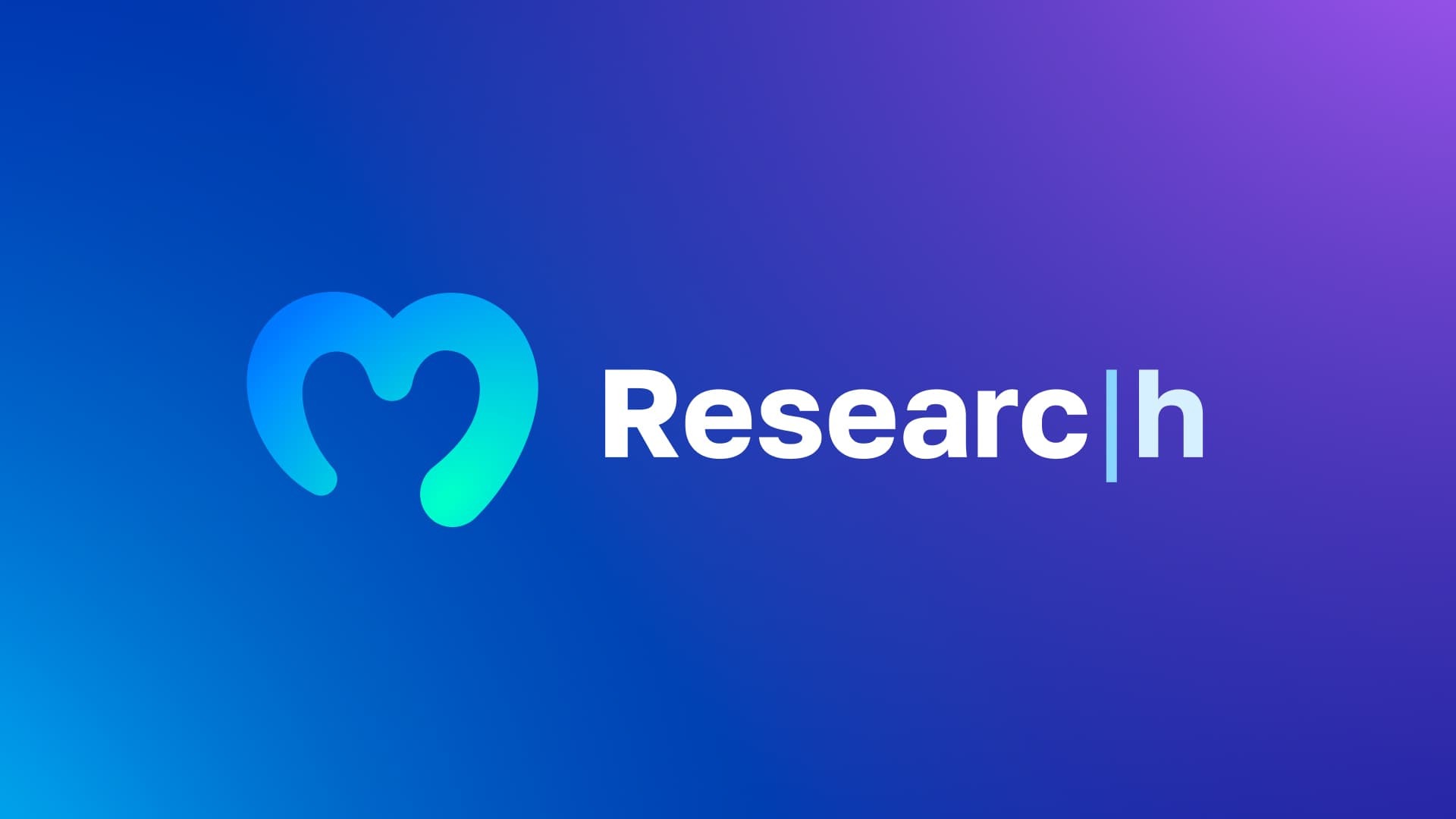Cardano just announced that it’s launching a brand new sidechain called Midnight. By allowing users to choose what data is shared, Midnight may be creating a new paradigm for the crypto transaction experience. With its native token, DUST, the Midnight blockchain network will be a layer 2 privacy-focused blockchain. Cardano Founder, Charles Hoskinson, announced the new project at the IO Scotfest in Edinburgh just last week. Short for Input Output Global, where Hoskinson is the CEO and Founder, IO is a leading figure within the Cardano community. In his talk about the Voltaire era of Cardano and the meaning of “good governance,” Hoskinson explains that Midnight is a data protection-based blockchain project. It safeguards sensitive commercial and personal data.
Midnight protects the freedom of association, commerce, and expression for developers, companies, and individuals. According to the Midnight website, one of the main goals of the Midnight blockchain is to allow for the sharing of highly sensitive information without the fear of data leaks or censorship. Midnight will allow developers to build dapps using a variety of programming languages. While it is still in its development phase, Midnight will offer a way to exchange information while operating in a connected world privately. In the following sections, we’ll look at features of the Midnight blockchain network and its native coin, the DUST token.
Cardano Privacy Network Midnight Explained
With the Midnight blockchain and the network’s DUST token, users and developers alike can take advantage of the technology’s functionalities that go beyond classic privacy-coin projects. Midnight will deliver “zero-knowledge-proof smart contracts” using a programming language that most developers are already familiar with. Additionally, it will allow users to choose between complete privacy or partial privacy where they allow access to some data. Hoskinson explains that Midnight goes a step beyond the classic privacy-coin technologies by enabling users to customize what information they share. Furthermore, once Midnight launches, stakers on the Cardano network will earn DUST tokens automatically in addition to ADA rewards. If successful, this setup could be a catalyst to boosting the Cardano ecosystem.
Cardano Roadmap
The Cardano Roadmap involves five different phases: Byron, Shelley, Goguen, Basho, and finally, Voltaire. Each phase represents a different stage of development in the Cardano ecosystem. The Byron era represents the foundation period in which the Cardano network was built from the ground up starting in 2015 until its first version was launched in 2017. Then, the Shelley era of Cardano became a period of growth and development for the network. The Shelley era mainly focused on optimizing decentralization. While the Byron era was federated, the Shelley era brought about more nodes and a shift towards being run by the Cardano community. With the majority of nodes being run by the network participants, Cardano became more decentralized with a boost in security and robustness as a result.
Following the Shelley era, the Goguen era of the Cardano ecosystem represents the integration of smart contracts and a big step forward in capability for the network. The Goguen era paved the way for the development of enterprise-level, mission-critical, decentralized smart contract applications. Next, the Basho era of the Cardano ecosystem involves improvements in scaling and interoperability. The Basho era mainly focused on developing the network infrastructure to better support high transaction volume. One of the core developments during the Basho era is the development of sidechains. These new blockchains, interoperable with the main Cardano network, deliver immense potential to extend the capabilities of the Cardano ecosystem.
The Voltaire Era
Following the Basho era comes the current era of the Cardano ecosystem, known as the Voltaire era. The Voltaire era provides the final pieces for the Cardano network to become a self-sustaining ecosystem. This era will bring true decentralization and will no longer be under the management of Input Output Hong Kong (IOHK), once voting and a treasury system are in place. To fund the future development of the network, a fraction of all transaction fees will provide funds for development activities following the voting process.
Don’t let the learning stop! Save our top Solana NFT Marketplaces article for later. It’s got all you need to know about the top Solana marketplaces!
Charles Hoskinson IO Summit
In his talk at the IO Summit where the overall theme is “The Voltaire Era,” Hoskinson dives into detail about what governance is and how it should play out in the blockchain ecosystem. He explains the need for these elements:
- Representation with consent
- A set of rules, or better known as a constitution
- Institutions
With the combination of the first two elements above, the set of rules can be ratified with a democratic vote. Hoskinson explains that this is how a decentralized governance system works in the blockchain. He adds, institutions are things we construct to deal with complexity. For example, not every person floating around is a domain expert on how to build nuclear power plants and not every person floating around is really good at brain surgery. They tend to build institutions to represent a standard for the collective knowledge of the institution. He claims, “you can not have good governance if you do not have good institutions.”
Even if the constitution is flawless, what is the point if there is no one to interpret it. What is a constitution without legal scholars? Or a supreme court? You can have a great democracy, the problem is, how do they make decisions? Institutions exist to serve and they have the ability to analyze complex ideas and write down reports and list the pros and cons of the argument. Some institutions are partisan, some are neutral. Institutions are best when they are given consent from and by the people.
Wondering How to Invest During a Crypto Bear Market? Check out our article to learn the tricks of trading no matter what the market conditions are!

The Fundamental Freedoms of Midnight Blockchain
At its core, Midnight aims to include all three elements above. It delivers confidentiality, privacy, and an opportunity to associate with the people users want to trade and interact with. The network allows for developers to build dapps with an easy-to-use language. It allows users to agree to a set of rules and control the set of data that regulatory institutions can have access to.
Midnight aims to protect the fundamental freedom of association. What this means is that it will allow the network to collaborate through open rules agreed upon by the community or consortium. The Midnight network also aims to protect the freedom of commerce. It allows users to exchange value in a confidential yet regulatory-friendly way without centralized gatekeepers. Finally, Midnight aims to protect the freedom of expression. Users will be able to candidly express ideas and opinions with a global ecosystem without the fear of censorship.
Does Midnight Have a Backdoor?
In response to the allegation that Midnight has a “backdoor,” meaning any random person can get in and retrieve information from its network, one speaker in support of the project explains in detail at the IO Summit how there is no back door to the data on the network but the network must remain regulatory-friendly in order to exist in the ecosystem:
“A dapp developer can say in their terms of service, ‘I’m in a regulated industry, I’m going to need to be able to respond to subpoenas or something like that. Do you agree to use my dApp in order to use my service?’ And what that will allow the dApp developer to do is, ‘because you agreed to this,’ allow them to create viewing keys that will show your transactions if necessary to a regulatory authority...
Midnight allows users to integrate blockchain with the world of available services and it helps pull them to Web3. Without this, when are we going to be able to work with a bank that has to respond to regulatory pressures? When will you be able to work with an institution that is, even in the supply chain, for example, or an enterprise application where there is strict regulatory authority over the actions in that network? Without that and without the freedom to have regulatory-friendly transactions on the chain, you won’t be able to actually pull the rest of the world towards Web3.”
If you’re wondering how to make a Web3 website, save our article for later! We’ve got loads of useful information to take you to the next level of your Web3 and blockchain journey!
Cardano Privacy Coin: The DUST Token
So, Cardano just introduced its brand new DUST token last week as the native token to the Midnight blockchain. While the token is not yet here, here’s what we do know so far. DUST will be the native token for the Midnight blockchain network. While ADA is the native token for Cardano, the two will co-exist without canceling out or making the other irrelevant. Midnight’s DUST token is a part of the Midnight network and will gain relevance within its own network. Its finite details and use case are not yet clear but most followers of the project believe the DUST token will be for to paying gas fees.
Cardano and Midnight
The Cardano privacy-focused sidechain, Midnight, is being created in a trustless ecosystem that will utilize a combination of public and private computation. The platform will use zero-knowledge cryptography and will operate as a sidechain of the Cardano blockchain, inheriting its security and decentralized qualities. This way, it extends Cardano’s utility, creating brand new possibilities for individuals and businesses looking to interact, transact, publish, or share data. This creates a rich web of data-protected connectivity with rules-based, trustless interactions anchored on the Cardano ecosystem. Midnight will enable developers to create dapps using many programming languages, starting with Typescript, making it easier than ever to develop and deploy smart contracts.
Have you seen our blockchain guides at Moralis Academy? Check out all we have to offer for all blockchain and Web3 enthusiasts!
Summary
Blockchain and Web3 technology are continuously evolving. New projects come out regularly. What makes a project stand out from the crowd is its ability to solve a problem, bring innovation to the space, and enable access to both its users and developers. The Cardano privacy blockchain, Midnight, is developed by a team of experts after nearly four years of research and development. Hoskinson explains that those experts each come from various backgrounds: historians, businessmen, legal professionals, teachers, and engineers. He adds that Midnight is not only for the people but also by the people. In his presentation at the IO Summit, Hoskinson also states that “The Voltaire Era” is a period of governance for the Cardano ecosystem. The Voltaire Era will provide the final pieces required for the Cardano Network to become self-sufficient.
While there is much speculation about the new project and the DUST token, there is very little detail about what the project entails. Cardano and crypto enthusiasts are awaiting further detail on the development of Midnight. Hoskinson explains that 2023 will be a “fun and exciting” year for the project, so updates are sure to come.
At Moralis Academy, we're committed to providing education on all things blockchain and Web3. Check out our "crypto terminology" article to master your blockchain vocabulary!





